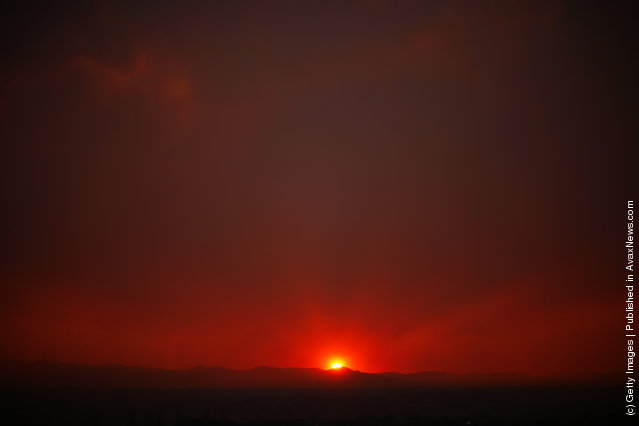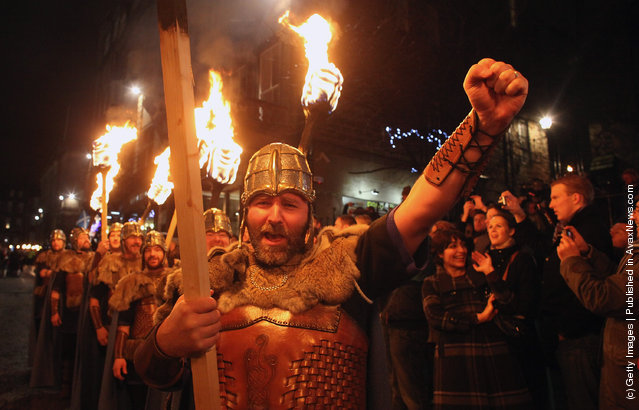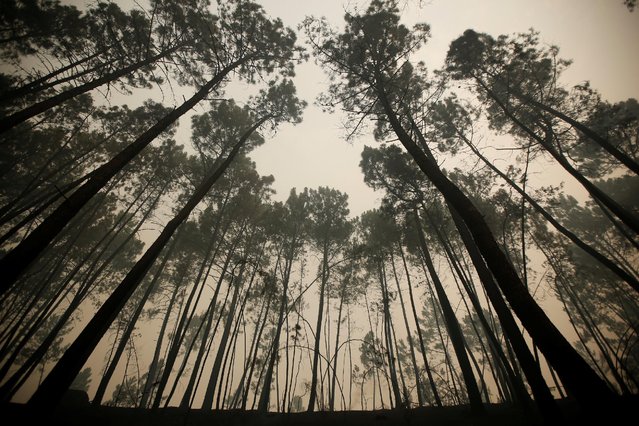
Sunset is seen through smoke from the Wallow fire June 8, 2011 in Springerville, Arizona. Hundreds of thousands of acres have burned in eastern Arizona prompting evacuations by residents. Smoke loomed over the twin towns of Eager and Springerville, home to about 7,000 people north of the fire. (Photo by Eric Thayer/Getty Images)
09 Jun 2011 10:42:00,post received
0 comments







